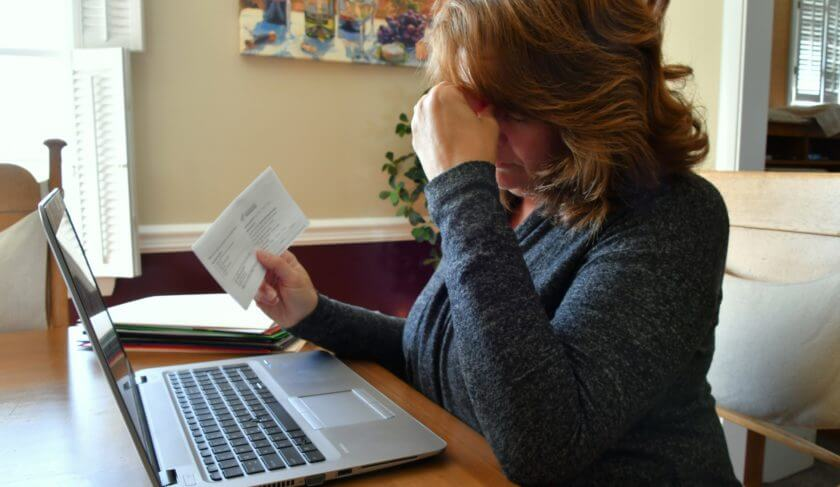Problems of living paycheck to paycheck
I’ve never heard of anyone saying I want to be a part of the working poor class.
Living hand to mouth, barely getting by, is challenging situation.
Most individuals aspire to financial stability and the opportunity to pursue their dreams.
If you’re facing difficulties, consider exploring ways to improve your financial circumstances and well-being.
How to stop living paycheck to paycheck by allowing you to cover expenses without relying on each paycheck, typically by budgeting, saving, and reducing debt.
The best way is = to keep a spending journal = which involves recording and tracking all your expenditures daily.
It helps you understand where your money goes, identify patterns, and make informed decisions to manage your finances more effectively.
But =who is living paycheck to paycheck=?
Well, it’s someone whose income is just enough to pay bills and necessities without any financial cushion for unexpected costs.
Unfortunately, it’s a reality for many people.
The good news is you are not destined to live paycheck to paycheck. It is up to you.
The “Problems of living paycheck to paycheck,” with 63% of Americans facing the challenge of relying solely on each paycheck to cover their essential expenses.
Hearing reports about the state of the US economy adds to the concerns.
In this context, exploring strategies to break free from this cycle becomes crucial for achieving financial stability and well-being.
It’s inspiring to know people who’ve made lifestyle changes to break free from a constant financial struggle, even if it was an arduous journey.
The reward of escaping that cycle must be genuinely fulfilling.
Problems of living paycheck to paycheck
In our culture, a lack of financial resources poses significant challenges.
It determines your children’s educational opportunities, limiting access to necessary medical care due to unaffordable co-pays. It often compromises food quality, as the cheapest options may not be the healthiest.
These interconnected issues underscore the broader impact of financial constraints on various aspects of life.
Living paycheck to paycheck, meaning
Living paycheck to paycheck typically involves allocating all income to cover essential expenses, leaving no room for saving or investing.
This financial scenario often results in running out of money a few days before the next payday, forcing individuals to live hand to mouth, navigating financial challenges with each passing cycle.
Living hand to mouth for individuals in this situation means relying on each paycheck to cover immediate expenses without the ability to save or plan for the future.
It highlights the constant financial strain of managing essential needs with limited resources.
The problems of living paycheck to paycheck.
Living paycheck to paycheck means relying on each paycheck for essential expenses with little to no savings.
Example: Ana Mae, earning just enough to cover rent and bills, faces the problem of living paycheck to paycheck, leaving her financially strained in emergencies or unexpected circumstances.
Despite the challenges, there is hope for those living paycheck to paycheck.
Escaping this cycle is possible, although it involves a challenging journey that requires dedication and strategic financial planning.
Limited savings
Living paycheck to paycheck often results in the absence of savings, leaving individuals unprepared for emergencies or unexpected expenses.
This financial vulnerability can make it challenging to cope with unforeseen circumstances.
High financial stress
The uncertainty of paying bills induces stress, and the consequences of not doing so on time can lead to unpleasant outcomes like eviction.
This financial strain highlights the significant impact on mental well-being and living conditions.
Living in a constant state of financial uncertainty, as experienced when living paycheck to paycheck, can harm your health.
The stress and anxiety associated with financial instability may contribute to various health issues, emphasizing the importance of addressing both financial and health concerns for overall well-being.
Inability to Plan for the Future
The inability to plan for the future is a significant challenge when living paycheck to paycheck, impacting key areas such as retirement savings, education funds, and purchasing a home.
The lack of financial resources restricts the ability to invest in long-term goals and achieve critical milestones.
Reliance on Debt
Coping with financial shortfalls often leads individuals to rely on high-interest credit cards or loans, exacerbating the cycle of debt and further straining their financial situation.
No Financial Cushion
Having no financial cushion means there’s no safety net for unexpected life events.
Even a minor disruption can lead to severe consequences.
Limited Opportunities for growth
When unable to invest in yourself, the prospects of education or career advancement become constrained due to financial limitations.
Financial constraints can severely limit opportunities for education and career advancement. When individuals cannot invest in themselves due to a lack of funds, they often miss essential education, training, and networking opportunities, which are critical for career growth.
Difficulty in Budgeting
Constantly managing tight finances makes effective budgeting challenging.
When you don’t have enough, stretching too little to cover expenses becomes difficult, trapping individuals in a paycheck-to-paycheck cycle.
While challenging, escaping this cycle is possible with careful financial planning and discipline.
Conclusion
In conclusion, the challenges of living paycheck to paycheck underscore the difficulties of managing tight finances, making it crucial to address financial instability through careful planning and proactive measures.
In addition, the myriad difficulties encapsulated in the “Problems of living paycheck to paycheck” emphasize the urgent need for proactive financial planning to break free from the cycle of financial instability.











